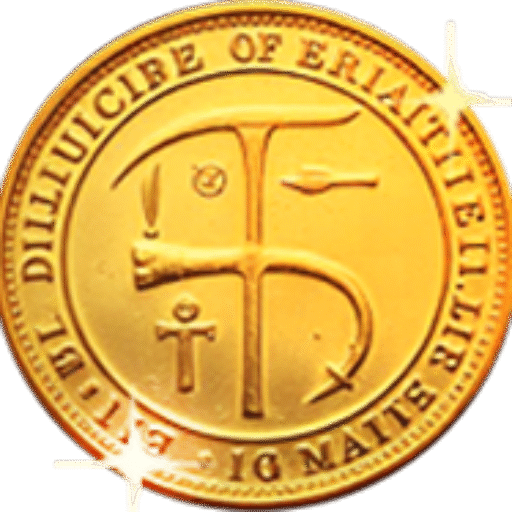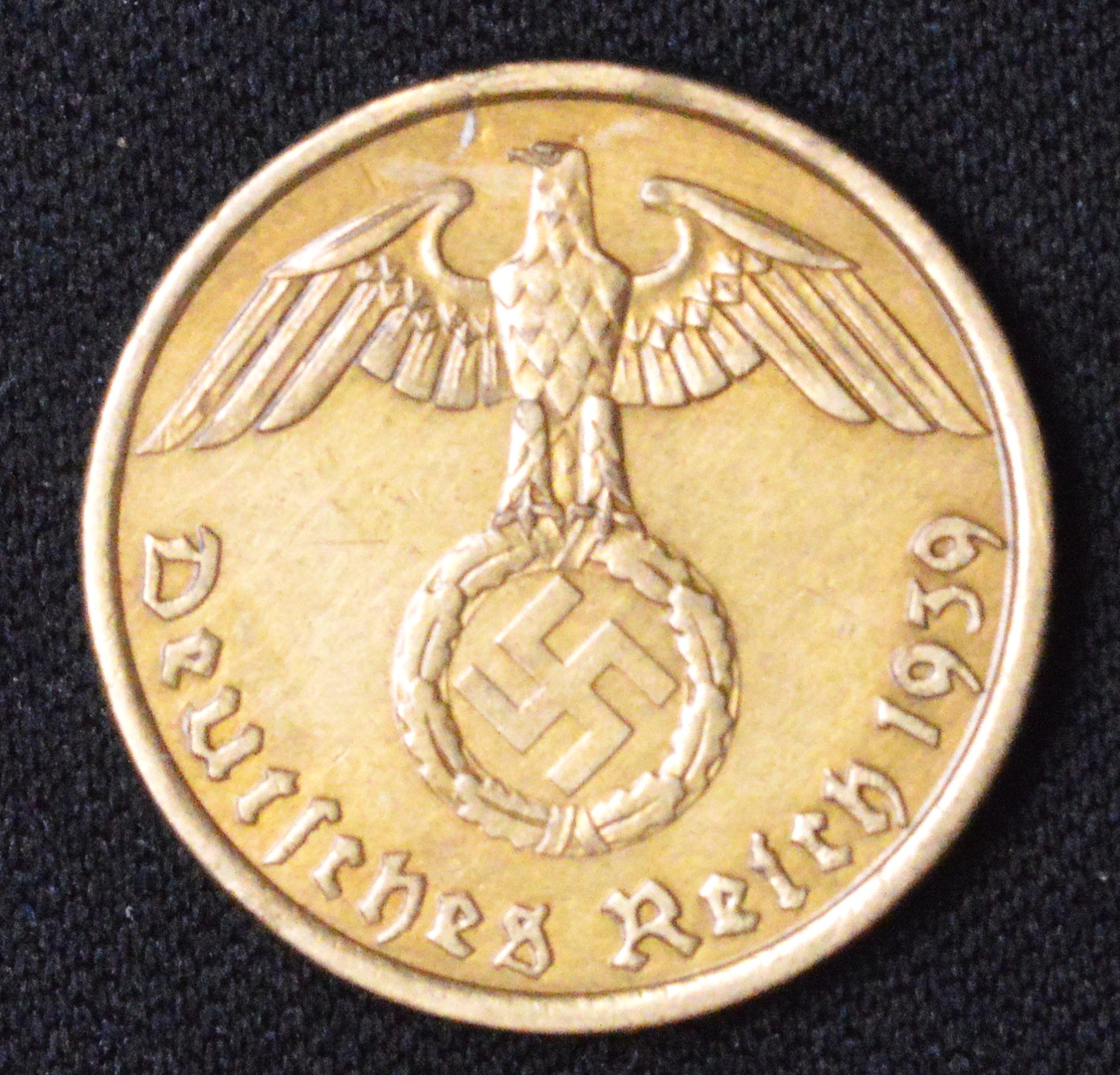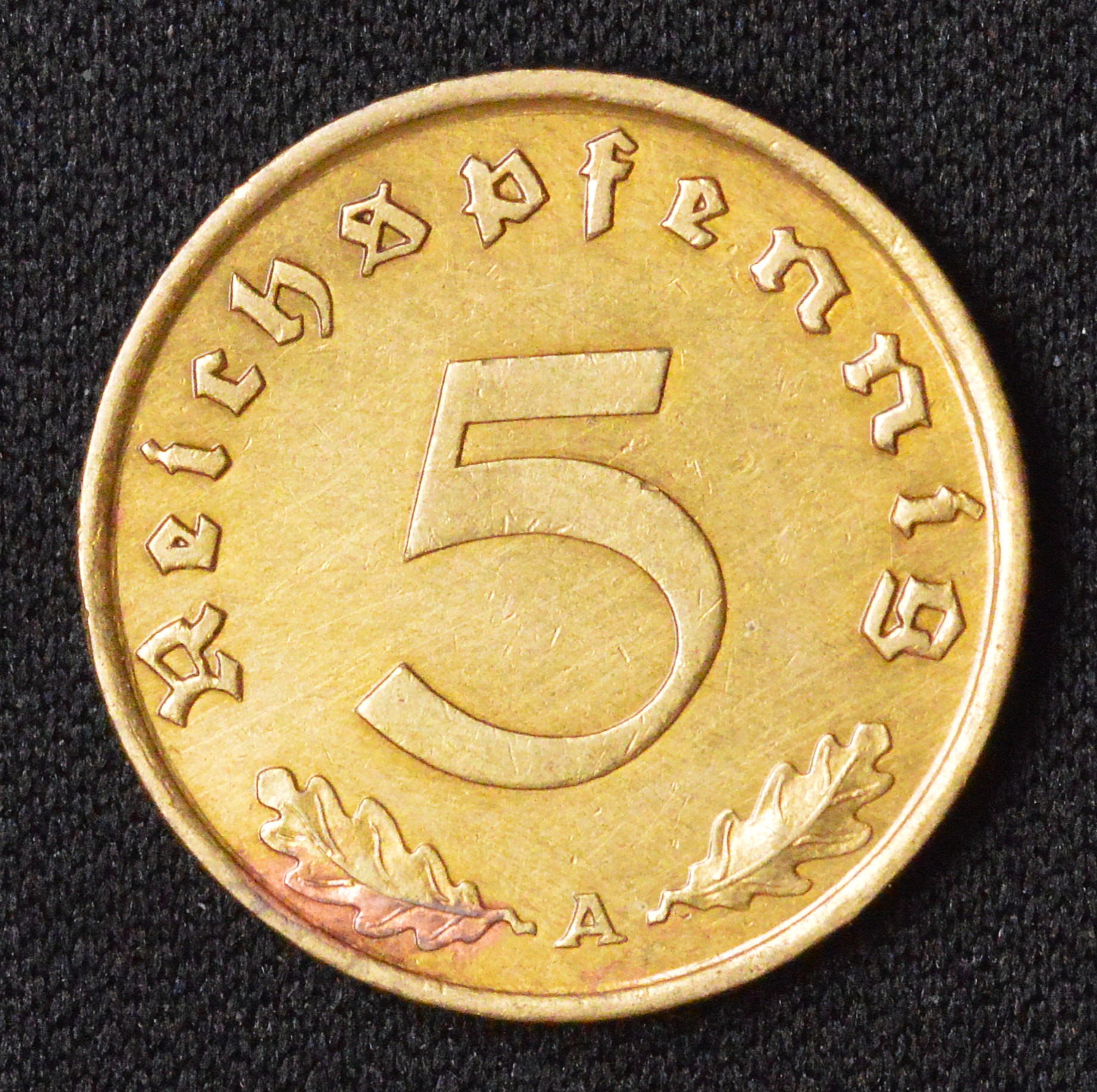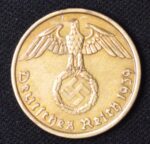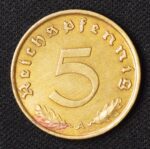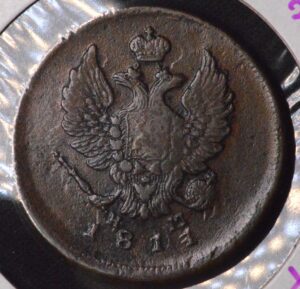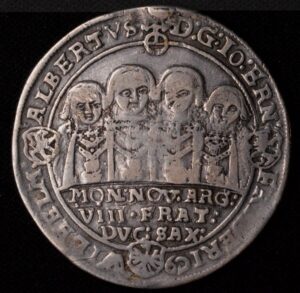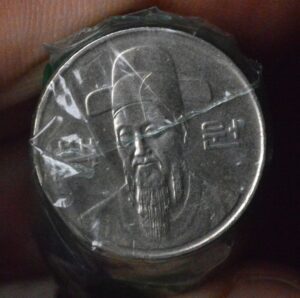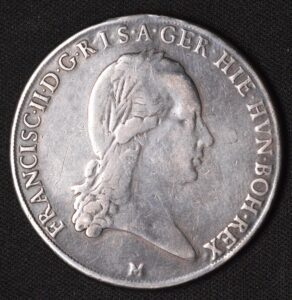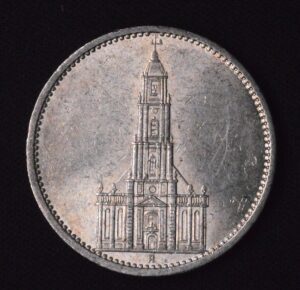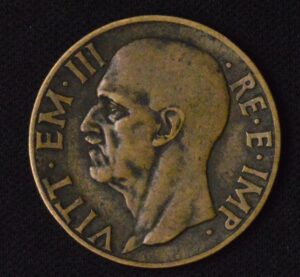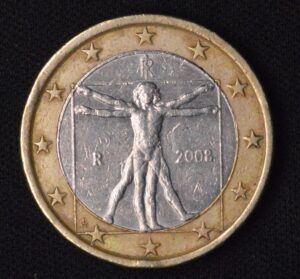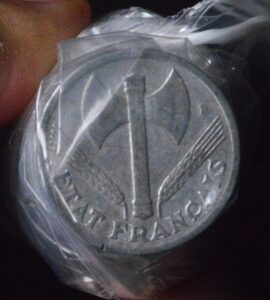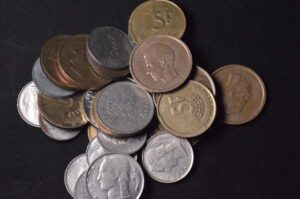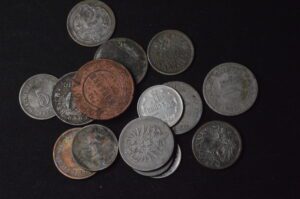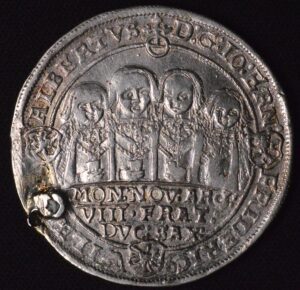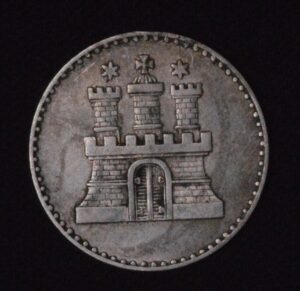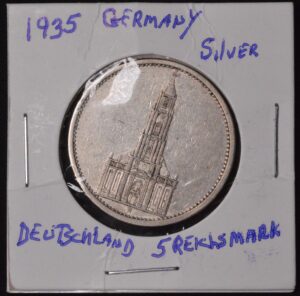Description
The German Pfennig was a historic coin denomination that served as a minor currency unit in various German states and later in unified Germany, including during the German Reich periods. Its origins date back to the early Middle Ages, with the pfennig evolving from a valuable silver coin used throughout the Holy Roman Empire to a smaller denomination made mostly of copper or billon by the 17th and 18th centuries. The pfennig was widely used as a subunit of the Mark and Reichsmark currencies until it was replaced by the euro in 2002.
During the German Reich era (1871–1945), the pfennig existed as a subdivision of the Mark, with 100 pfennigs equal to 1 Mark. Coins ranged in denominations from 1 pfennig up to higher values like 50 pfennig, which later transitioned to the ½ Mark coin. Early pfennigs under the Reich were minted in copper and sometimes bronze, featuring designs such as the imperial eagle and the denomination clearly marked. These coins circulated widely and were integral to everyday commerce across the German Empire and later periods, including the Weimar Republic and early Nazi Germany.
The design of Reich pfennigs often highlighted national symbols such as the German imperial eagle on one side and the denomination on the other. The coin sizes and compositions evolved over time, with later issues sometimes made of aluminum or nickel, especially during periods of metal shortages such as during World War I and II. The pfennig remained essential small change throughout the early 20th century, reflecting Germany’s economic transitions and political changes until it was phased out when Germany adopted the euro.
Collectors value German Reich pfennigs for their historical significance and design variations across different minting years and political regimes. Condition, rarity, and mint marks heavily influence their collectible value. Some pfennigs, especially from earlier years or limited mintages, can be quite rare and valuable in numismatic circles. Modern collectors often seek these coins to complete sets reflecting Imperial Germany, the Weimar Republic, and Third Reich coinage.
In summary, the German Pfennig coin from the Reich era represents an important denomination in German monetary history, symbolizing a time of empire, republic, and intense political change. It started as a silver medieval currency and ended as a copper or alloy small change unit before being replaced by modern currency systems. These coins are prized by collectors for their legacy, design, and role in German and European history.
The German Pfennig was a historic coin denomination that served as a minor currency unit in various German states and later in unified Germany, including during the German Reich periods. Its origins date back to the early Middle Ages, with the pfennig evolving from a valuable silver coin used throughout the Holy Roman Empire to a smaller denomination made mostly of copper or billon by the 17th and 18th centuries. The pfennig was widely used as a subunit of the Mark and Reichsmark currencies until it was replaced by the euro in 2002.
During the German Reich era (1871–1945), the pfennig existed as a subdivision of the Mark, with 100 pfennigs equal to 1 Mark. Coins ranged in denominations from 1 pfennig up to higher values like 50 pfennig, which later transitioned to the ½ Mark coin. Early pfennigs under the Reich were minted in copper and sometimes bronze, featuring designs such as the imperial eagle and the denomination clearly marked. These coins circulated widely and were integral to everyday commerce across the German Empire and later periods, including the Weimar Republic and early Nazi Germany.
The design of Reich pfennigs often highlighted national symbols such as the German imperial eagle on one side and the denomination on the other. The coin sizes and compositions evolved over time, with later issues sometimes made of aluminum or nickel, especially during periods of metal shortages such as during World War I and II. The pfennig remained essential small change throughout the early 20th century, reflecting Germany’s economic transitions and political changes until it was phased out when Germany adopted the euro.
Collectors value German Reich pfennigs for their historical significance and design variations across different minting years and political regimes. Condition, rarity, and mint marks heavily influence their collectible value. Some pfennigs, especially from earlier years or limited mintages, can be quite rare and valuable in numismatic circles. Modern collectors often seek these coins to complete sets reflecting Imperial Germany, the Weimar Republic, and Third Reich coinage.
In summary, the German Pfennig coin from the Reich era represents an important denomination in German monetary history, symbolizing a time of empire, republic, and intense political change. It started as a silver medieval currency and ended as a copper or alloy small change unit before being replaced by modern currency systems. These coins are prized by collectors for their legacy, design, and role in German and European history.
The German Pfennig was a historic coin denomination that served as a minor currency unit in various German states and later in unified Germany, including during the German Reich periods. Its origins date back to the early Middle Ages, with the pfennig evolving from a valuable silver coin used throughout the Holy Roman Empire to a smaller denomination made mostly of copper or billon by the 17th and 18th centuries. The pfennig was widely used as a subunit of the Mark and Reichsmark currencies until it was replaced by the euro in 2002.
During the German Reich era (1871–1945), the pfennig existed as a subdivision of the Mark, with 100 pfennigs equal to 1 Mark. Coins ranged in denominations from 1 pfennig up to higher values like 50 pfennig, which later transitioned to the ½ Mark coin. Early pfennigs under the Reich were minted in copper and sometimes bronze, featuring designs such as the imperial eagle and the denomination clearly marked. These coins circulated widely and were integral to everyday commerce across the German Empire and later periods, including the Weimar Republic and early Nazi Germany.
The design of Reich pfennigs often highlighted national symbols such as the German imperial eagle on one side and the denomination on the other. The coin sizes and compositions evolved over time, with later issues sometimes made of aluminum or nickel, especially during periods of metal shortages such as during World War I and II. The pfennig remained essential small change throughout the early 20th century, reflecting Germany’s economic transitions and political changes until it was phased out when Germany adopted the euro.
Collectors value German Reich pfennigs for their historical significance and design variations across different minting years and political regimes. Condition, rarity, and mint marks heavily influence their collectible value. Some pfennigs, especially from earlier years or limited mintages, can be quite rare and valuable in numismatic circles. Modern collectors often seek these coins to complete sets reflecting Imperial Germany, the Weimar Republic, and Third Reich coinage.
In summary, the German Pfennig coin from the Reich era represents an important denomination in German monetary history, symbolizing a time of empire, republic, and intense political change. It started as a silver medieval currency and ended as a copper or alloy small change unit before being replaced by modern currency systems. These coins are prized by collectors for their legacy, design, and role in German and European history.
CUSTOMER FEEDBACK








Related Products & Newly Released!
-
$399.00
-
$99.00
-
$199.00




SHIPPING POLICY
Your order is shipped from the United States with USPS tracking within one business day.
14 Day Return Policy
You can return your item back within
14 days of the purchase

Secure payments
Your payments are 100% secure and are processed through Square or PayPal on a protected security network.
SHIPPING POLICY
FREE International and Domestic (United States) shipping. Your order is shipped with USPS tracking 24 hours after you order.
14 Day Return Policy
You can return your item back within
14 days of the purchase

Secure payments
Your payments are 100% secure and are processed through Square or PayPal on a protected security network.
RESOURCES
support
Get Fresh Articles!
Sign up now to receive our articles for the latest insights and promotions!
RESOURCES
support
Get Fresh Articles!
Signup our newsletter to get update insight or promotions.

